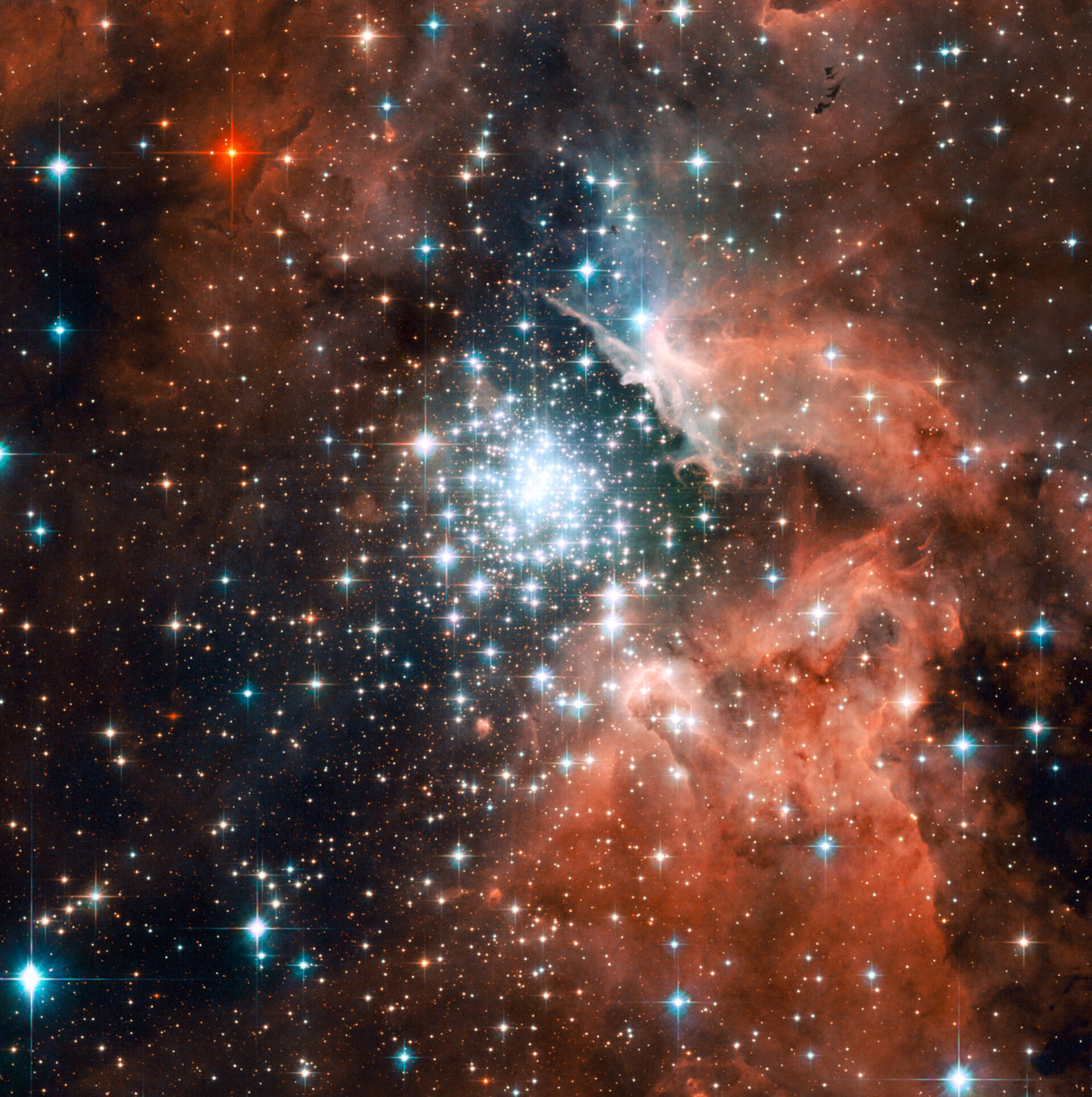
As the universe has begun its journey nearly 14 billion years ago and has been expanding ever since, it has forced people into burning their brains on the question of where it is so desperately expanding to?
To start off think of Albert Einstein, a well-respected theoretical physicist mostly known for his general theory of relativity, posted in 1915 it has persuaded plethora of thoughts in the brains of many scientists as he has suggested that the universe isn’t stable.
In 1929, Edward Hubble provided the first evidence of the expanding universe. With the largest telescope, he has found out that the more distant the celestial object or galaxy is from us the faster it moves, proving that the universe is expanding uniformly in all directions and supporting Georges Lemaître's Big Bang theory of the universe, proposed in 1927. Moreover, Hubble has proposed that the further the galaxy is, the faster it recedes. As the space-time of the universe is being stretched the galaxies move further from each other. Furthermore, the distant neighbours of any galaxy will recede more quickly than the nearer ones during the same period of time. The general relativity has always contemplated a so called war between the gravity and its expansion, in our case the displacements between galaxies has the expansion as their winners. The answer for the previously asked question is that the universe is expanding on to itself.
However, now does a new question arise, how did galaxies and other celestial bodies form? Well the infinite world of physics has a model which relates quantum fluctuations and a secret or as it is mysteriously named among the scientist, dark energy. This specific and transcendent matter acts against gravity, meaning that while the gravity pulls on the object, dark energy expands it. However, this dark energy is mostly related to the universe as it makes up a whoping 68.3% of the whole constituent of the universe. Dark energy tends to drive the universe apart, while having no interaction with normal matter.
Expansion means expanding into space. We know that there is nothing beyond the universe so what does the universe expand into? Or is there?
Well in December 2023, University of Copenhagen astrophysicist Jan Ambjørn and Yoshiyuki Watabiki at the Tokyo Institute of Technology explore a theory which doesn’t require the presence of dark energy to explain the accelerating expansion of the universe. Instead, this new paper argues, our universe is actually swallowing up ‘baby universes’ as it expands. These astrophysicist ran the calculation and have found out that their calculations of ‘baby universes’ fitter better than the Standard Cosmological Model used by many astrophysicists. Additionally, the paper attempts to answer the term called ‘cosmological inflation’, wherein the early universe rapidly expanded for some unknown reason.
In a simpler language, think of a game slither where the snakes feed on other snakes and get bigger, so the theory proposed is this game; however, instead of the snakes universes feed on smaller universes and obtain weight and mass.
The universe's expansion, from Hubble's findings to current data, reshapes our understanding, inspiring ongoing exploration of cosmic mysteries and fundamental questions.


